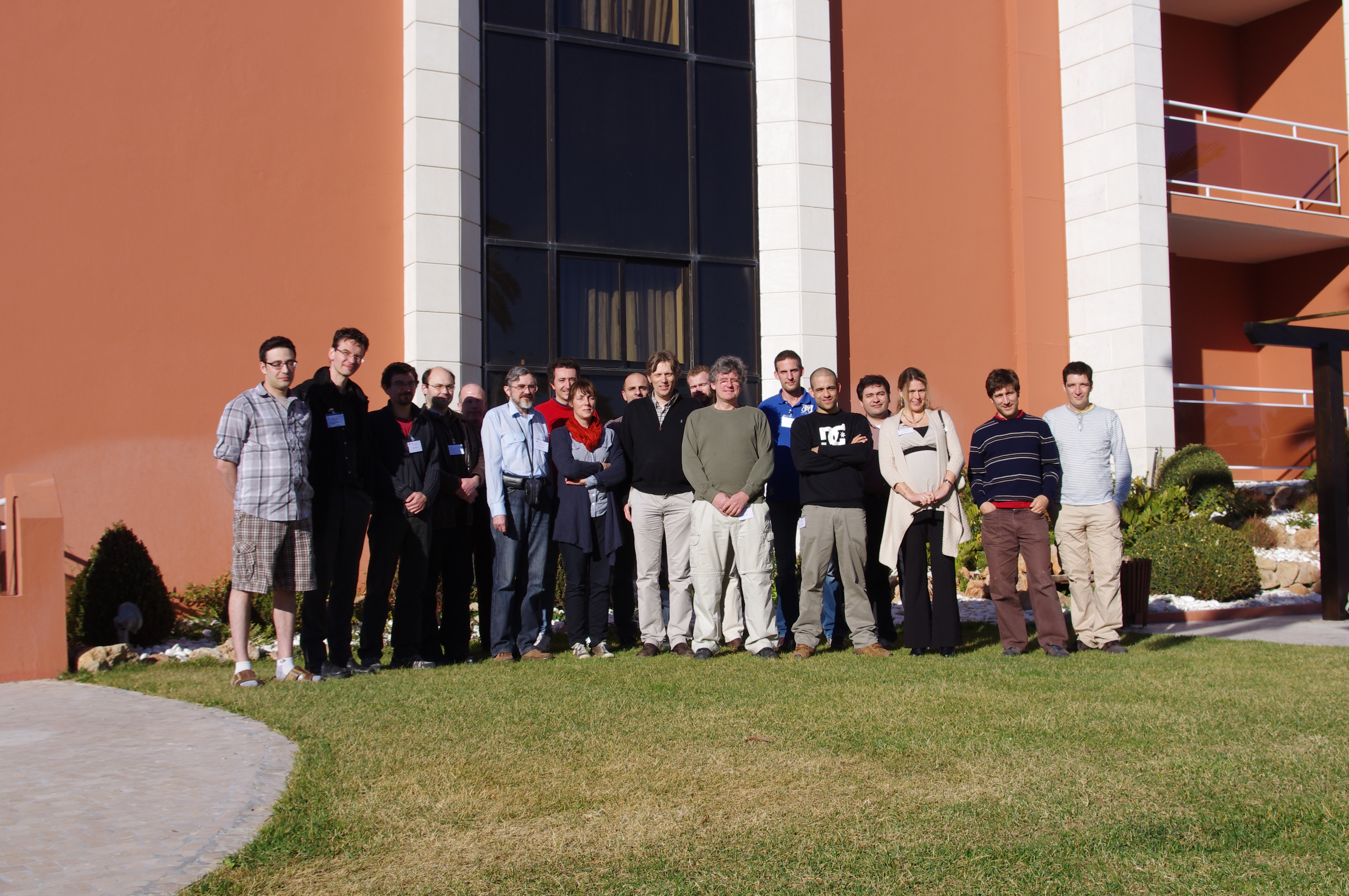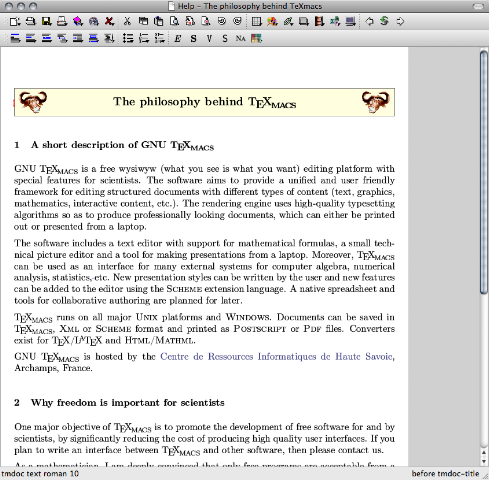
In the case of feeder/APC the stimulation is more physiological because cells provide additional signals that facilitate stimulation, proliferation, survival, and function of the CAR-T cells. In part, these issues can be solved by using feeder cells expressing specific antigens or designed antigen-presenting cells (APCs). Antigen-specific T cell expansion also presents difficulties, as the antigen should be presented in the context of major histocompatibility complex (MHC) I or II depending on the type of T cell. Another problem is that stimulation of T cells with beads and cytokines results in terminal differentiation of naïve cells into effector T cells with exhausted phenotype. Thus, if CAR-positive cells are originally present in a low percentage they may be significantly diluted. The main drawback of such non-specific expansion is that CAR-negative ballast cells are also expanding. Cross-linking antibodies are usually immobilized on the surface of polymer beads, magnetic beads, or in some reports, on sophisticated nanotube scaffolds. Non-specific protocols involve the combination of T-cell receptor (TCR) cross-linking by antibodies recognizing constant parts of the TCR and co-stimulatory molecules (anti-CD3 and anti-CD28), with high doses of cytokines, such as IL-2, IL-15, and others. The majority of existing approaches are based on non-specific or antigen-presenting/feeder cell-based protocols. One of the significant challenges in chimeric antigen receptor-modified T cells (CAR-T) therapy is obtaining an adequate number of CAR-T cells with the desired function through donor T cell stimulation and expansion in vitro.

It is predicted that this new methodology will significantly advance the ability to obtain improved populations of functional CAR-T cells for therapy. The data presented in this article clearly demonstrate that this protocol produced antigen-specific vesicles with the capacity to induce stronger stimulation, proliferation, and functional activity of CAR-T cells than is possible with existing protocols. This novel approach is to make antigenic microcytospheres from common cell lines stably expressing surface-bound CAR antigens, and then use them for stimulation and expansion of CAR-T cells. To develop a specific and improved protocol for CAR-T cell expansion, cell-derived membrane vesicles are taken advantage of, and the simple structural demands of the CAR-antigen interaction.

Modern protocols for CAR-T cell expansion are imperfect since non-specific stimulation results in rapid outgrowth of CAR-negative T cells, and removal of feeder cells from mixed cultures necessitates additional purification steps. This step is challenging, especially if non-viral low-efficiency delivery protocols are used to generate CAR-T cells. Manufacturing of therapy-competent functional CAR-T cells needs robust protocols for ex vivo/in vitro expansion of modified T-cells. Development of CAR-T therapy led to immediate success in the treatment of B cell leukemia.


 0 kommentar(er)
0 kommentar(er)
